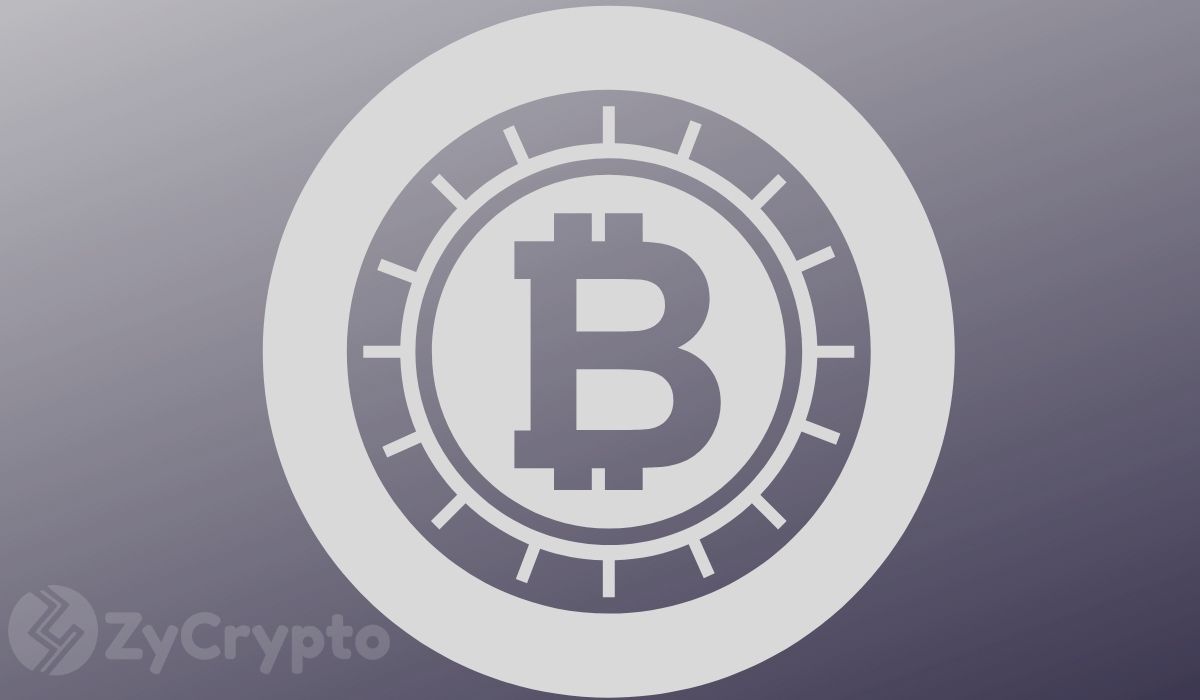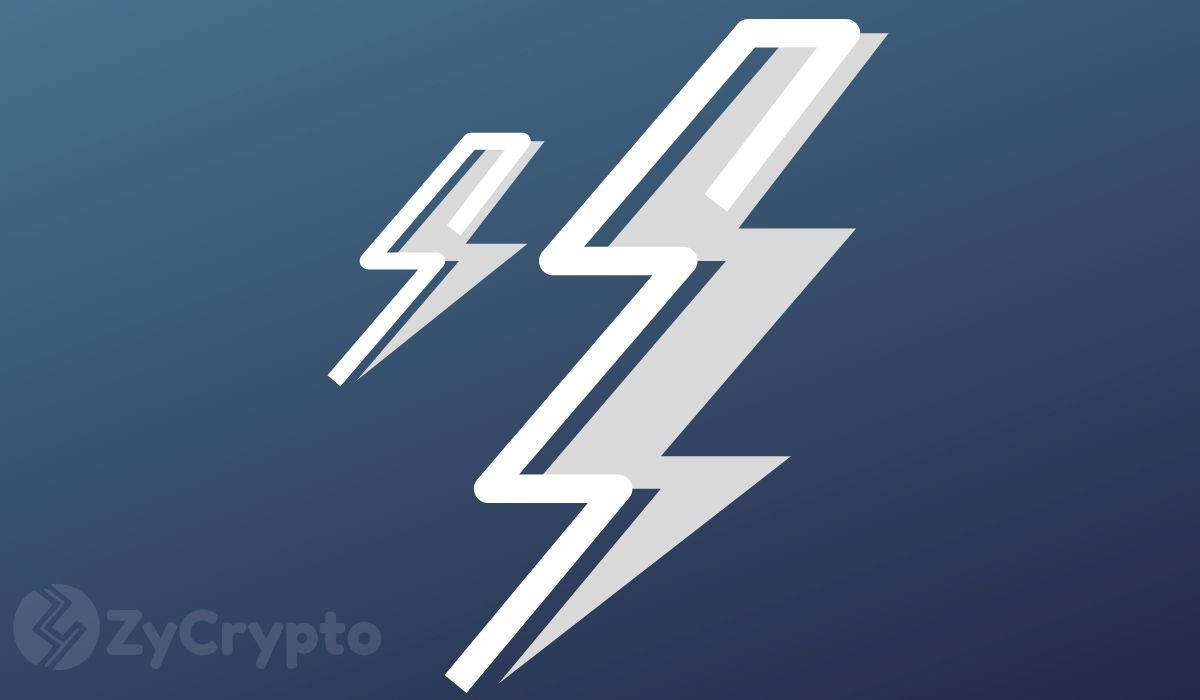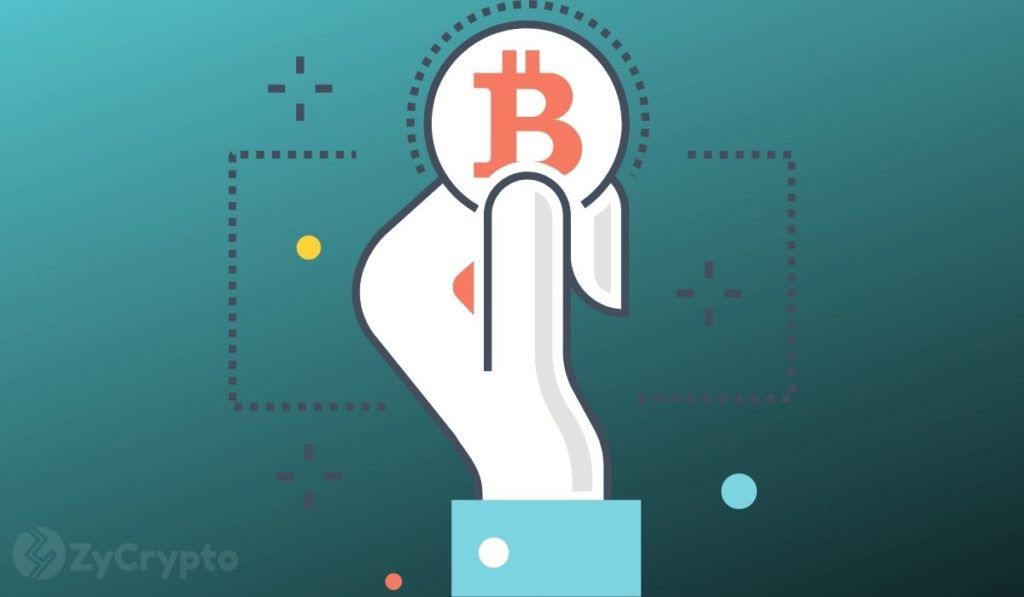2018-12-17 11:16 |
Andreas Antonopoulos, one of the most respected Bitcoin advocates and author of Mastering Bitcoin has recently come out strongly to defend the position of the Lightning network when asked whether it was a second layer or a sidechain.
In his educative video series “Bitcoin Q&A”, Antonopoulos started by stating that the Lightning Network is, in fact, a second layer, and not a sidechain as most of the crypto community presumes. In his words, the second layer is a mechanism meant for the transmission of payments off-chain while using the security of the underlying blockchain.
“It allows you to route through payment channels, which are smart contracts using multi-sig and time delays. It allows you to transfer (small amounts of) Bitcoin….between two participants, without the need to record it on the blockchain until there is a settlement or a dispute.”
The Bitcoin Lightning NetworkTo put it directly, the idea with the Bitcoin Lightning Network is that we don't have to keep a record of every transaction done on the blockchain. In its place, the Lightning Network brings forth a second layer to the Bitcoin blockchain and enables the two parties to create a payment channel between them, without a third-party.
The author further explains this notion by saying:
“You can have nodes that are participating in Lightning with Bitcoin or nodes that run Litecoin. Theoretically, you could have nodes that run Ethereum or (other compatible blockchains).”
He continued to expresses that the Lightning Network can be a multi-currency routing platform without the need for two participants to trust any other party. The underlying cause remains Bitcoin’s blockchain technology based on trust and security.
The most intriguing part of the Q&A video remains the Bitcoin proponent speaking on the requirements that a blockchain must meet before it is Lightning compatible. Fundamental security functions such as time delay, multi-sig and malleability fix are just some of the elements that Antonopoulos was quick to mention. With multi-sig and time delay, he stated the capability of implementing the hashed timeclock contract could become a reality. The contracts do make up as the building blocks for routed payment channels on the network.
He remarks:
“Theoretically, you could use it (BLN)….to connect side chains. Today you can transmit a Lightning payment with Bitcoin, and the recipient (will get) Litecoin, which is another blockchain, since both of them are Lightning compatible.”
In a way, Antonopoulos concludes since both Litecoin and Bitcoin can connect through the Lightning Network, they have become sidechains of each other.
About Andreas AntonopoulosAndreas Antonopoulos is a Bitcoin expert, entrepreneur, speaker, educator and critically-acclaimed author of several complex subjects surrounding the blockchain network. He is known for his insightful talks that combine technology, economics and current events. As an avid entrepreneur, Andreas is a founder of several Bitcoin ventures and has launched open-source projects across the crypto community. His revolutionary book, Mastering Bitcoin (O'Reilly Media), is widely considered to be one of the best technical reference materials available on Bitcoin and its blockchain.
origin »Santiment Network Token (SAN) на Currencies.ru
|
|



















